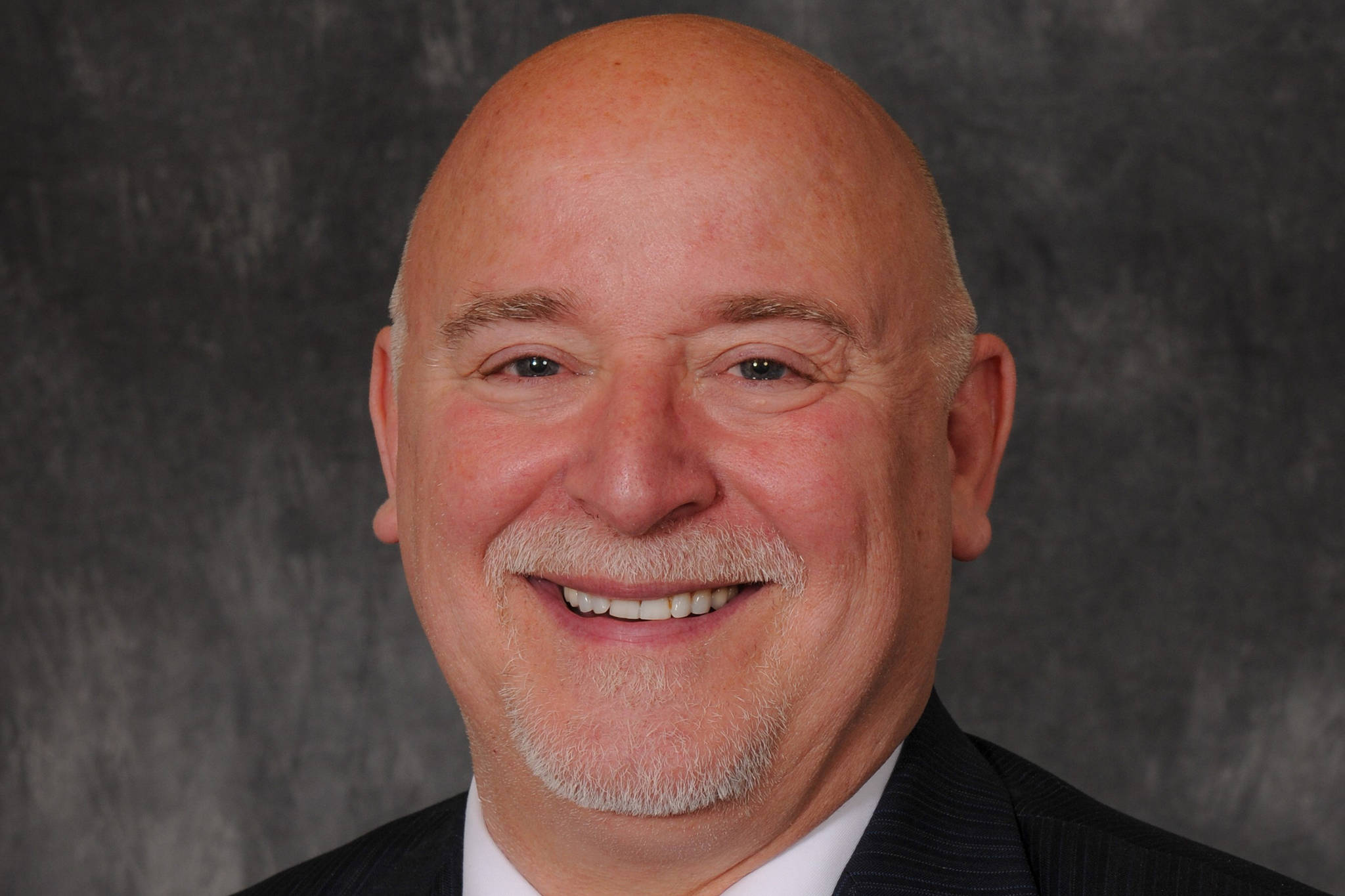Editor’s Note: Ordinarily My Turn submissions are limited to one per person per month, but the rule is being waived to allow someone to address a My Turn that directly named the writer in a timely manner.
The major international oil producers have spent tens of millions of dollars misinforming Alaskans on what should be our fair share of production revenues. Roger Marks’ opinion, “The Fair Share Act has a data problem,” that is in response to my earlier article, “Major oil producers thrive, while Southeast suffers” is a good example.
Marks often suggests Alaskans are better off taking less for our oil. Alaskans’ experiences over the past five years under Senate Bill 21 have proven his opinion wrong.
Marks does little to directly dispute my key calculations. He confirms we have paid as much in cashable credits to the producers as they have paid us in production taxes under SB21. He does not disagree we received $19 billion after credits in the five years before SB21 and $0 in the five years after SB21. He does not disagree we get half the royalties of Texas.
Instead, he advances the major producers’ usual talking points. He suggests a 35% decline in oil prices explains the collapse in our revenues during the same period from $19 billion to $0, when SB21 obviously had a major role. He suggests Alaska can’t be compared with other places, when it can. He suggests Alaska has high-cost oil fields, when operating costs are less than $13 per barrel to produce from Prudhoe.
Marks then does a “government take” calculation purporting to show Alaskans are getting too much for our oil, even under SB21. Alaskans know our economy, jobs, PFDs, schools, universities and essential services have suffered since we began giving away our oil. Alaskans know the major oil producers have had a renaissance — raising dividends, buying back stock and paying down debt while Alaskans have suffered. Despite this, Marks finds a way to argue Alaskans are getting too much for our oil. Give us a break.
“Government take” is the percentage of revenues the government receives from oil production after the costs of producing the oil are deducted. Government take calculations make it easy to confuse issues. Alaska has gotten no production taxes after credits for five years under SB21, and the Fair Share Act corrects this impropriety. Marks’ government take calculations seem designed to confuse the issue at hand with other irrelevant issues.
Nevertheless, if done, the calculation should be done right. Marks adopts my $57 billion in gross revenues (2015-19) and then deducts $10 billion for transportation and $28 billion for field costs, leaving $19 billion in pre-tax value. He then asserts the government take is $14 billion (which he overstates) of the $19 billion or 74%. Since he asserts the government take in the Lower 48 is 64% (which he understates) , he concludes Alaska is significantly overtaxing producers. While there are several flaws in his calculation, I will only specifically comment on two.
• His deduction of $10 billion for transportation by pipelines and tankers does not recognize that roughly $3 billion was for profits and tax allowances the producers pay themselves and are not actual costs at all. Assuming post-production costs should be deducted, he should only deduct the actual costs of the transportation, or $7 billion. His deduction of $3 billion in fake profits overstates the government take.
• His deduction of $28 billion, the field costs of the entire North Slope, does not recognize that $6 billion of this $28 billion were not costs even related to the oil produced. He should only deduct $22 billion, the actual costs of the oil produced. These costs are set forth on the same Page 99 of the Fall 19 RSB under the label “Additional Detail for North Slope Lease Expenditures” and the sub-label “Producing Non-GVR Eligible Units” for both operating and capital expenditures. His deduction of $6 billion in costs unrelated to the oil being produced overstates the government take.
• Marks’ pre-tax value of $19 billion increases by $9 billion — $3 billion from transportation and $6 billion from field costs — to $28 billion when these two mistakes are corrected. This reduces the government take from 74% — $14 billion of his $19 billion — to only 50%. This means the actual 50% government take for Alaska is less than his 64% government take for the Lower 48.
In short, when only correcting two of Marks’ mistakes, it becomes obvious Alaska is taking far less than we should for our oil compared with the Lower 48.
Alaskans are the stewards of hundreds of billions of dollars of oil resources. The Fair Share Act will provide a transparent and fair share of these resources for Alaskans. Alaskans need to see through the misinformation by the major producers and their surrogates and protect Alaska’s future by voting “Yes” on Ballot Measure No. 1—the Fair Share Act.
• Robin O. Brena is a lifelong Alaskan who grew up in Skagway, a long-time oil and gas attorney with Brena, Bell & Walker, the former chair of the Oil and Gas Subcommittee for Gov. Bill Walker’s Transition Team and the Chair of Vote Yes for Alaska’s Fair Share.

